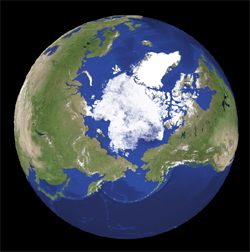2010.08.12
GIC Weekly Report Vol.2
Melting continues in Western Passage
Topic of the Week
Continuing from the previous report, the Arctic region has shown a substantial decrease of its sea ice coverage. The decline speed, however, has to some extent subsided in the period 1 to 10 August due in part to a slowdown of melting observed in the eastern Arctic region.
Of particular interest is a pronounced difference of the sea ice melting speed between the western and eastern Arctic regions. In the western Arctic, sea ice has continued to decrease at the rate about 32,000 square kilometers per day. Meanwhile, the sea ice melting has gradually slowed down in the eastern Arctic, contributing to the slightly subsided sea ice recession in the Arctic as a whole, as been observed in early August.
As shown in the previous report, a study based on an analysis of the sea ice flow during the last winter season supports the present sea ice conditions, in which there is a relatively thicker then average sea ice distribution in the eastern Arctic, and a somewhat scattered distribution in the western Arctic in contrast.
The trend is clearly illustrated in figure 1, showing changes of the sea ice coverage during early August (increases in red and decreases in blue). The sea ice extent has remarkably decreased over the coastlines of the Canadian Arctic Archipelago. The eastern Arctic has experienced some degree of decline, but the speed is still moderate.
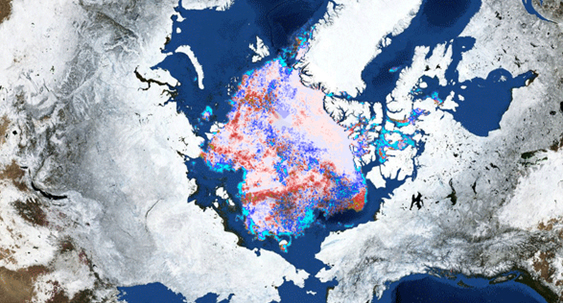
Figure 1. Change in ice concentration between August 1st and August 10th
Sea Ice Extent
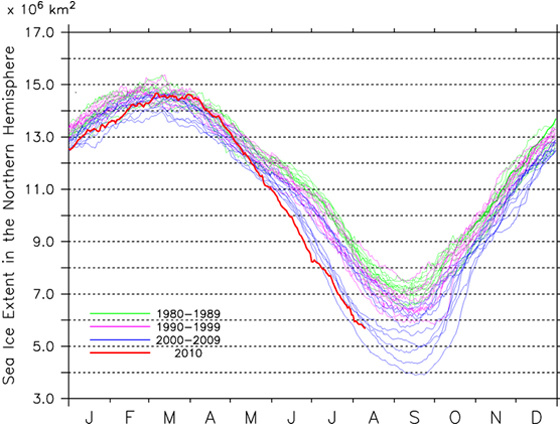
|
Arctic Western Arctic Eastern Arctic |
Figure 2a-2c. Sea ice extent of the entire Arctic(2a), western Arctic(2b), and eastern Arctic(2c)
The sea ice extent in the entire Arctic Ocean as of August 10 derived from satellite imagery is approx. 5.7 million square kilometers, which is still in the second lowest level for this time of year after 2007 (see figure 2a).
The sea ice extents in the western and eastern Arctic regions are estimated to be about 3.1 and 2.6 million square kilometers, respectively (see figure 2b and 2c).
The daily rate of sea ice decline in the entire Arctic in the same period is about 43,000 square kilometers per day. Although this is a typical rate for this time of year in recent years, there is a clear difference between the western and eastern Arctic regions. The daily rates of ice loss are about 32,000 and 11,000 square kilometers in the western and eastern Arctic regions, respectively.
The current Arctic sea ice distribution derived from satellite-based microwave observations is shown in Figure 3.
Sea Ice Conditions along Polar Routes
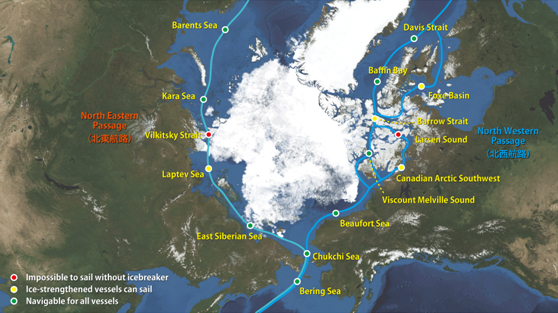
Figure 4. Sea ice condition around the North Eastern and North Western passages.
The sea ice distribution in the western Arctic region overall has clearly become sparse compared to the condition in the previous period, leading to a possible opening of the North Western Passage sometime soon. In the Canadian Arctic islands, although the main route to Viscount Melville Sound is still hindered by some remaining sea ice, a path along the Prince of Wales Strait appears to be ice free now, letting the passage half-open. If melting continues with the current speed, sea ice along coast of the Barrow Strait will be cleared off, thoroughly opening the NW Passage in late August or early September. As for the North Eastern Passage, no major change has been observed so far in early August. Considering the extensive coverage of sea ice seen in the Laptev Sea, the passage is still closed in this week.
Model Prediction
An analysis based on our "I-SEE engine" forecast (figure 5) provides us with a positive outlook for the North West Passage in this melting season. A figure below shows a forecast of the sea ice extent in the period 12 to 27 August. It clearly shows a substantial decrease of the sea ice extent in either the western and eastern Arctic regions in late August. A clockwise flow of the sea ice in the Beaufort Sea forecast until mid-August may push sea ice over the west of the Banks island farther westward, potentially accelerating the opening the NW Passage. In the eastern Arctic region, a fraction of the extensive sea ice is forecast to remain off the coast of the Taymyr Peninsula, which may continue to block the North Eastern Passage for a while.
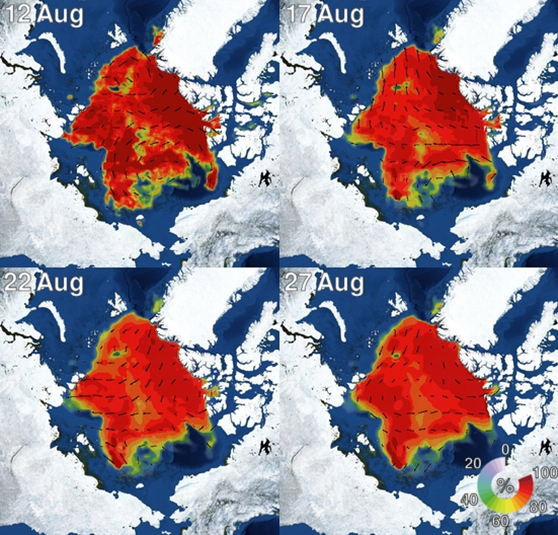
Figure 5. I-SEE engine model predictions of Arctic sea ice.


